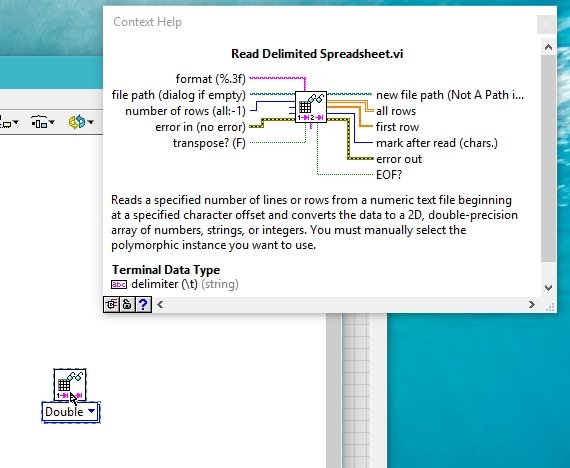

Notice that the same basic TCP functions are included, but surrounding code allows for more complex connections and robust communication. The following image* shows how the server receives these commands. For example, suppose a client sends the following four commands by 8-bit integer to the server: Communication is an ongoing process that involves protocol. Most applications do more than write and read one value. The following block diagram shows how the server uses the remote address output value of the TCP Listen VI to determine whether a remote client has permission to access the server. The programmer is responsible for developing both the client and the server.īecause anyone can initiate a connection to a server, you might want server access control. LabVIEW users can develop custom applications for TCP/IP communication. The server, or daemon, listens for remote connections and responds appropriately. The following block diagram represents a client application that initiates a connection to a remote server with TCP Open Connection. With TCP/IP connections, a computer can function either as the client or the server.

With most I/O communication, the processor is always the client that initiates a connection to the disk drive server, the external instrument server, or the DAQ board server. As with DAQ, instrument, and File I/O communication, the process involves opening the connection, reading and writing the information, and closing the connection. Use the TCP/IP functions located on the Functions✽ata Communication»Protocols»TCP palette for TCP communication in LabVIEW. Refer to the Using LabVIEW with TCP/IP and UDP from LabVIEW Help for more information about how TCP/IP communication works. TCP/IP communication provides a simple user interface that conceals the complexities of ensuring reliable network communications. With TCP/IP you can communicate over single networks or interconnected networks (Internet). The name TCP/IP comes from two of the best-known protocols of the internet protocol suite, the Transmission Control Protocol and the Internet Protocol. Internet Protocol (IP), User Datagram Protocol (UDP), and Transmission Control Protocol (TCP) are the basic tools for network communication.


 0 kommentar(er)
0 kommentar(er)
